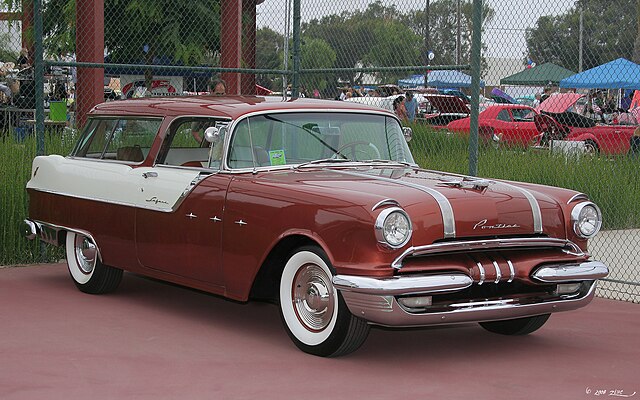
The Pontiac Safari A-Body represents a significant chapter in the history of American automobiles. Produced between 1955 and 1957, this model not only exemplified the aesthetic and technological trends of the 1950s but also marked Pontiac’s foray into the burgeoning market of luxury station wagons.
This article delves into the history, design, performance, and legacy of the Pontiac Safari, offering a comprehensive overview of one of the most iconic cars of its era.
Historical Context and Introduction
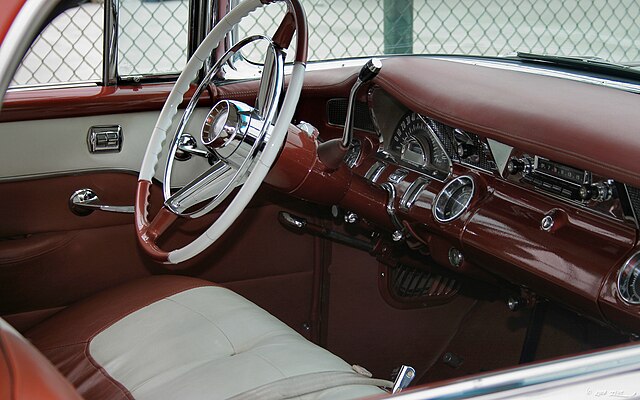
Birth of the Pontiac Safari
In the mid-1950s, the American automotive market witnessed an increasing demand for vehicles that combined the practicality of a family car with the elegance and style of a luxury automobile. Responding to this trend, Pontiac, a division of General Motors, introduced the Safari A-Body in 1955.
The Safari was designed to compete directly with other high-end station wagons and to cement Pontiac’s reputation as a manufacturer of both performance-oriented and luxury vehicles.
Positioning in the Market
The Pontiac Safari was positioned as a premium offering. It was part of Pontiac’s strategy to redefine its brand, shifting from its earlier image as a producer of staid, reliable cars to one highlighting performance and innovation. This move was pivotal in reinvigorating the brand’s appeal and market performance.
Design and Features

Exterior Styling
The Safari’s design was a standout feature, characterized by its sleek lines, chrome detailing, and distinctive two-tone paint jobs. The wagon’s styling cues were often shared with the Pontiac Star Chief, one of the most popular models of the time, which helped to create a coherent visual identity for the brand.
Interior Appointments
Inside, the Safari was just as impressive. It featured high-quality upholstery, ample space, and innovative conveniences such as power windows and a power-operated rear tailgate window—luxuries that were not standard at the time. The attention to detail in the interior fittings underscored Pontiac’s commitment to luxury.
Performance and Engineering
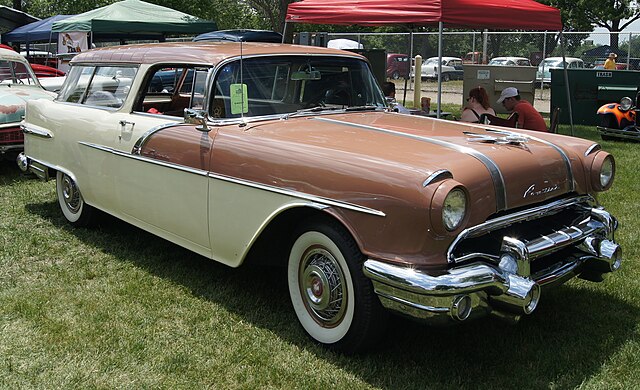
Engine and Transmission
The Pontiac Safari came equipped with a powerful V8 engine, which was a significant selling point. This engine was capable of delivering impressive performance and was paired with an automatic transmission that emphasized smooth, effortless driving.
Ride and Handling
Pontiac also invested in improving the ride and handling of the Safari. Features like power steering and power brakes were available, enhancing the driving experience and making the Safari a pleasure to drive, whether in city conditions or on the open road.
Model Year Variations and Enhancements
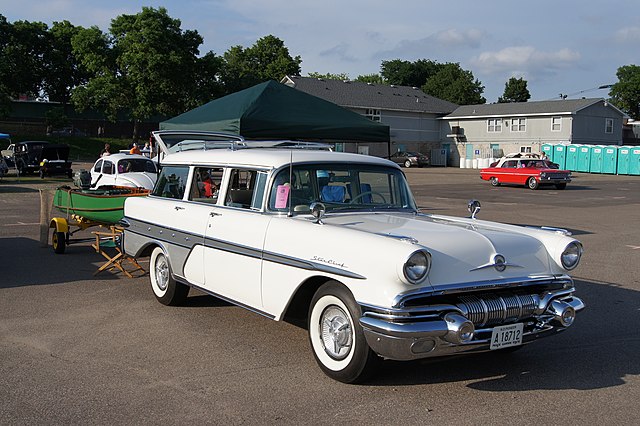
1955 Model Year
The 1955 Safari was the first to hit the market and set the tone for what was to come. It was well-received for its robust performance and luxurious trim options.
1956 Updates
In 1956, the Safari received several updates, including more engine options and slight modifications to the body styling. These changes were aimed at keeping the model fresh and competitive in a rapidly evolving market.
1957 Final Edition
The 1957 model year marked the end of the Safari A-Body’s production run. This final edition included further enhancements to the interior luxury and exterior styling, leaving a lasting impression on the market and setting the stage for future models.
Market Impact and Legacy
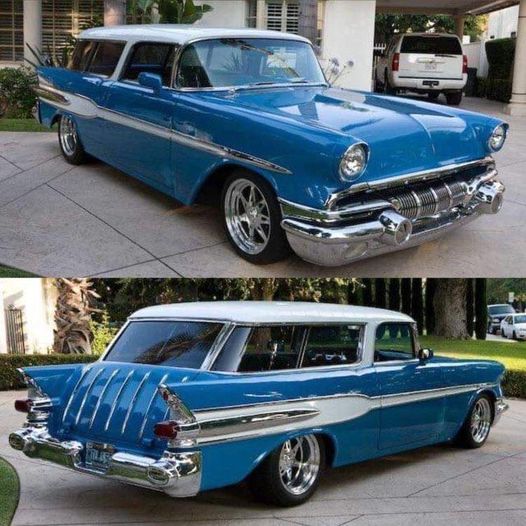
Consumer Reception
The Pontiac Safari was well-received by the market, admired for its blend of utility and luxury. It appealed to a segment of consumers looking for a vehicle that could handle the demands of family life without sacrificing style or performance.
Influence on Later Models
The design and success of the Safari influenced numerous subsequent models from Pontiac and other automakers. Its blend of aesthetics and functionality can be seen in the evolution of station wagons and family vehicles through the late 20th century.
Collectibility and Enthusiast Community
Today, the Pontiac Safari A-Body is highly prized among classic car collectors and enthusiasts. Its rarity, combined with its pioneering role in the history of luxury station wagons, makes it a coveted item at car shows and auctions.
Preservation and Restoration: Keeping the Safari Legacy Alive
Challenges in Restoration
Preserving and restoring a Pontiac Safari A-Body can be a challenging endeavor, largely due to the scarcity of original parts and the specific expertise required to maintain the car’s unique mechanisms and features. The Safari’s sophisticated trim, intricate chrome work, and specific engine parts are often hard to find, making restoration a painstaking and sometimes expensive process.
Resources for Enthusiasts
Thankfully, a vibrant community of Pontiac enthusiasts and various online forums provide invaluable resources for those looking to restore or maintain their Safari. Clubs such as the Pontiac-Oakland Club International offer support, parts sourcing tips, and advice on preservation techniques that are essential for keeping these classic cars in top condition.
Events and Showcases
Classic car shows and enthusiast meet-ups play a crucial role in keeping the Safari’s legacy alive. These events provide opportunities for owners to display their meticulously restored Safaris and for newcomers to appreciate these classics in person.
The cars are often showcased in concours d’elegance and vintage car rallies, where they are celebrated not just for their historical importance but also for their beauty and engineering.
The Joy of Preservation
For many owners, the process of restoring a Pontiac Safari is a labor of love. It involves not just the restoration of a vehicle but the preservation of a piece of automotive history. Each restored Safari serves as a moving museum piece, providing a tangible link to the past and a celebration of automotive culture.
The joy and satisfaction derived from bringing a classic Safari back to its former glory is a significant part of what makes the classic car hobby so rewarding.
Conclusion
The Pontiac Safari A-Body of 1955-1957 remains a significant symbol of mid-century American automotive culture. It combined the practicality of a station wagon with the luxury and performance that were trademarks of Pontiac during this era.
As we look back on its impact, the Safari is not only remembered for its innovative features and striking design but also as a testament to the era that created it.
Its legacy continues to influence the design and functionality of family vehicles and reminds us of a time when cars were as much about statement as they were about transportation.
